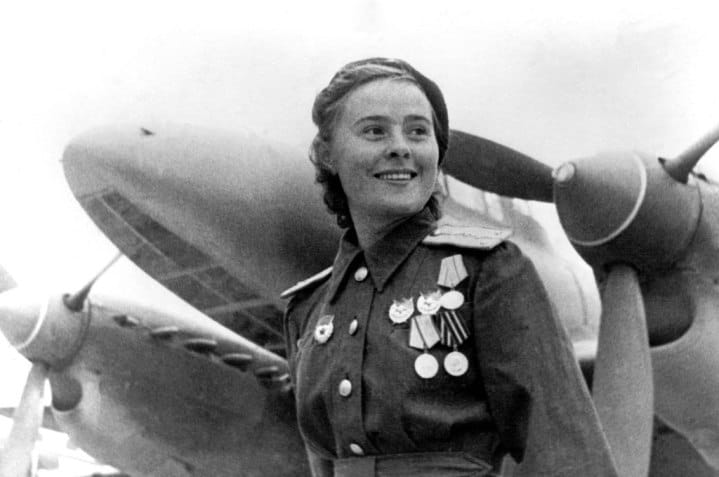As history’s greatest conflict ever, the Second World War had no shortage of suffering and hardship and tragedy. At the same time, WWII also had no shortage of fascinating stories, deeds, and events, many of them little known. From the Soviet peasant who went from wouldn’t-hurt-a-fly to ax-maniac, to the Croatian labor agitator who became a sublime hero, to the Syrian brown bear who became a Polish corporal. Following are forty things about some fascinating but lesser-known WWII facts and events.

40. The Russian Soldier Who Went Ax Murdering Maniac on the Nazis
The summer of 1941 was a bad time for the Red Army and its soldiers. The recent sudden German onslaught, Operation Barbarossa, had caught the Soviets off guard and inflicted catastrophic losses upon them. As Red Army casualties mounted and reeling Soviet military personnel retreated in disarray, an unheralded soldier, Dmitry Ovcharenko, found himself among the millions caught up in the calamity. A few weeks into the German invasion, however, Ovcharenko managed to pull off an act of sheer brutality and bloody-mindedness that set him apart and made him an early Soviet war hero.
The son of a carpenter, Ovcharenko was born in 1919 in a Ukrainian peasant village. He grew into a mild-mannered young man, whom acquaintances described as lacking a vicious bone in his body, and the type of who would not hurt a fly. He quit school in fifth grade to make a living in his village, caring for cattle, cutting and storing hay, and attempting to learn the craft of carpentry from his father. Everyday life in his village required handiness with an ax – which ended up serving him well. Drafted into the Red Army when he turned 21, all Ovcharenko wanted was to serve his term and then return to his village to get married and raise a family. Then the Nazis invaded in June of 1941, and Ovcharenko’s plans went up in smoke. It did not take him long to make the invaders pay.

